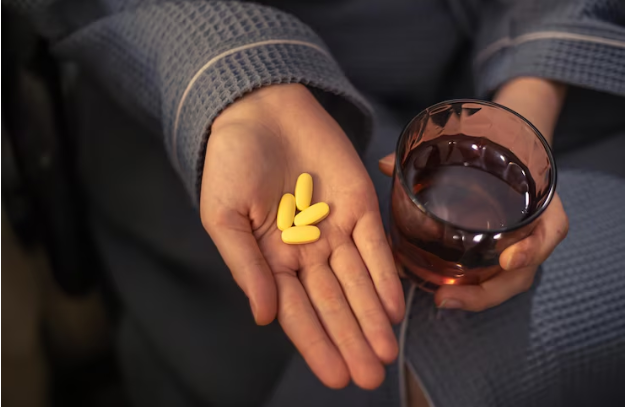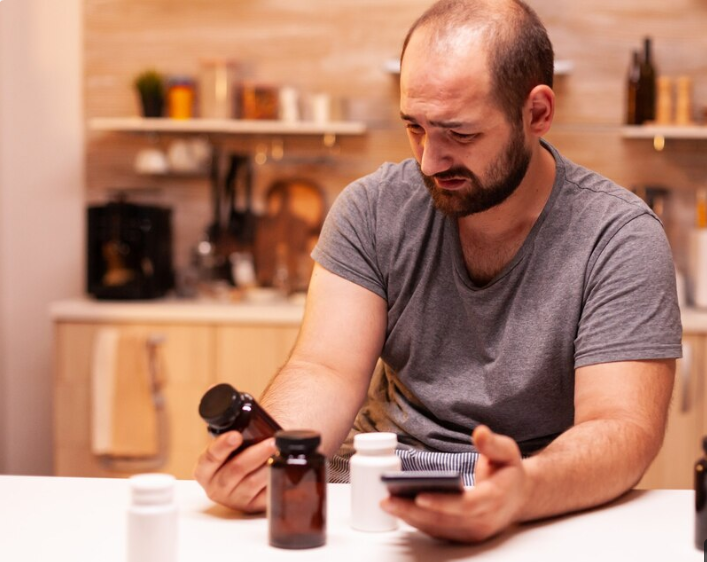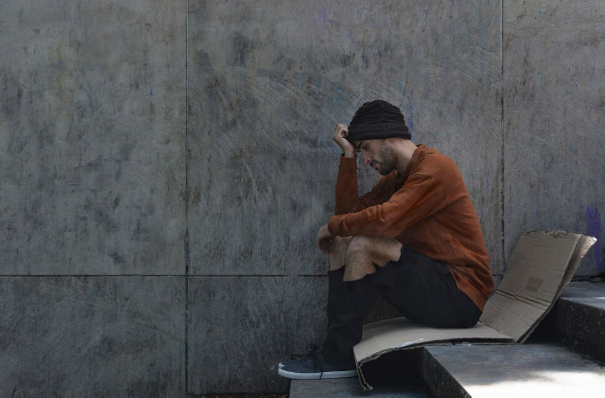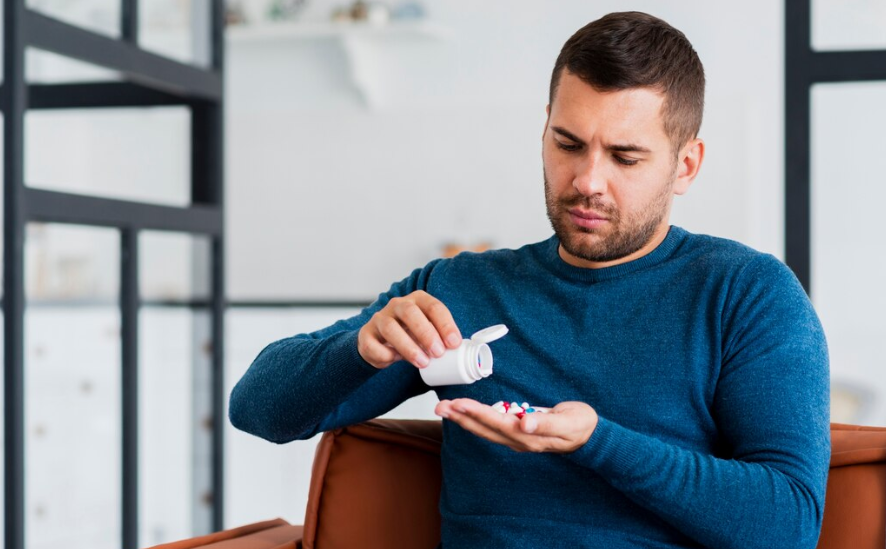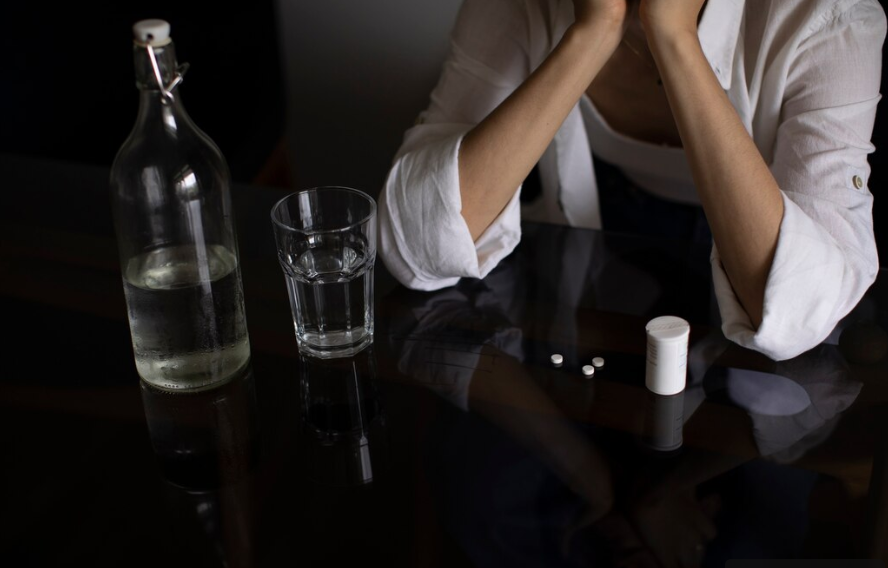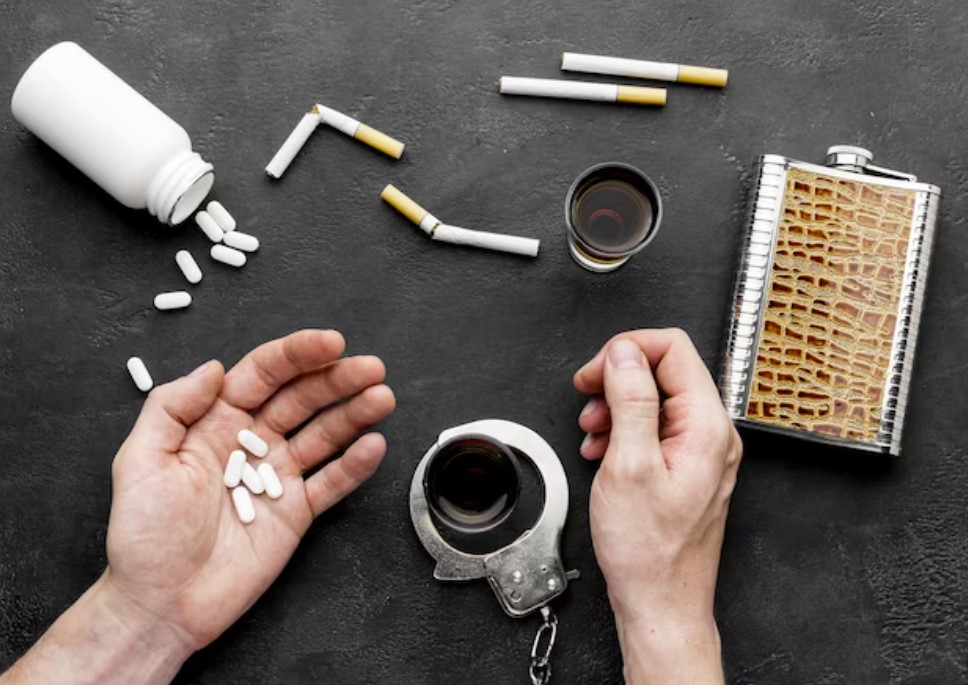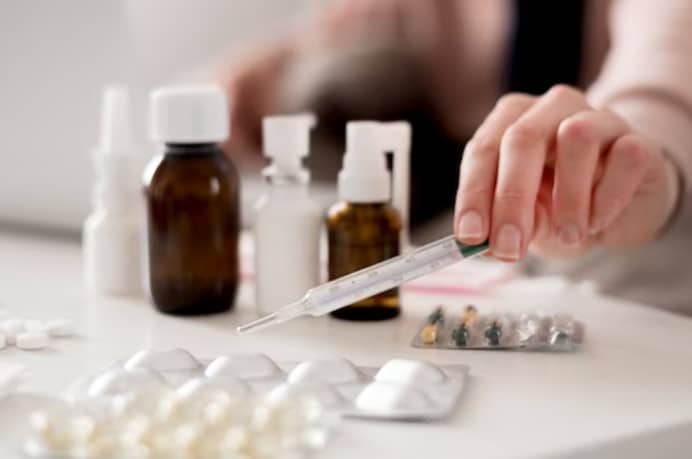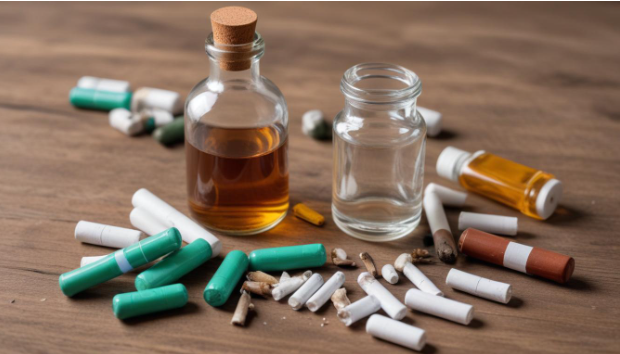
Substance use disorder (SUD) is a growing concern that affects millions of individuals, families, and communities worldwide. While much of the conversation surrounding SUD focuses on traditional treatment methods, an often-overlooked factor is the role technology plays in both the perpetuation of substance abuse and its potential to revolutionize treatment. With rapid advancements in digital […]
Read More
